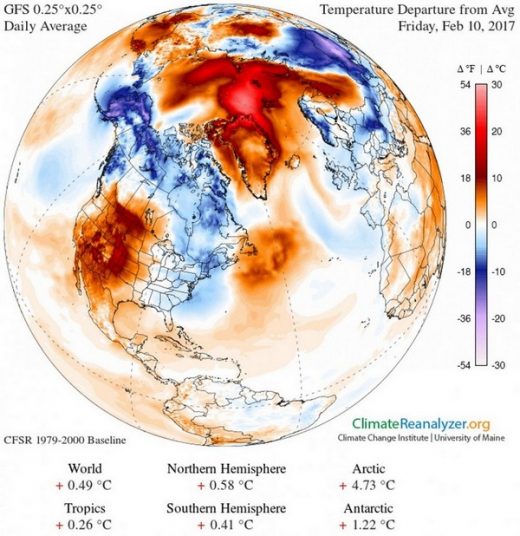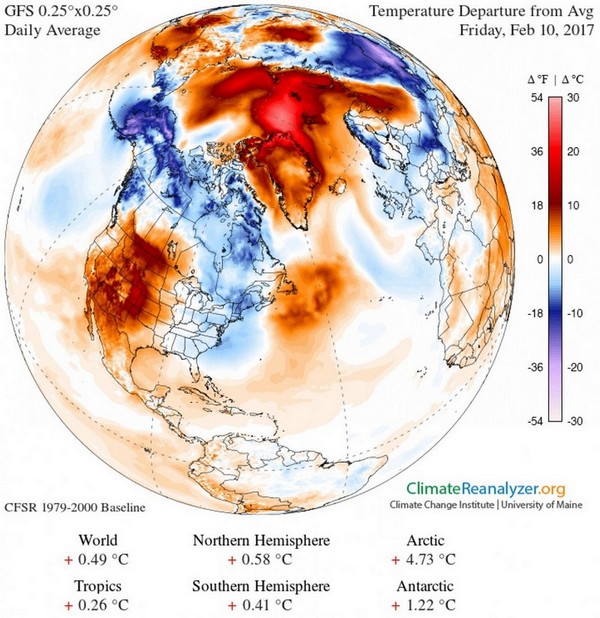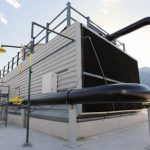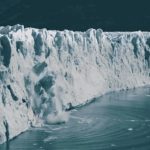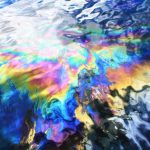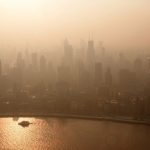Arctic Ice Cover Sets Record Low For January As Temperatures Continue To Rise
Arctic Ice Cover Sets Record Low For January As Temperatures Continue To Rise
Mark Serreze, a senior research scientist at Snow and Ice Data Center in Colorado explained that “If you look at where sea-ice extent is right now, we’re at a record low, compared to the remainder of the satellite record that goes back to 1979.”
Mark, along with his colleagues at Snow and Ice Data Center in Colorado, reported that the Arctic ice cover in January 2017 averaged just above 5 million square miles, 100,000 sq mi less than observed in January 2016, and 500,000 sq mi less than the average for January, based on data picked up during the last 38 years.
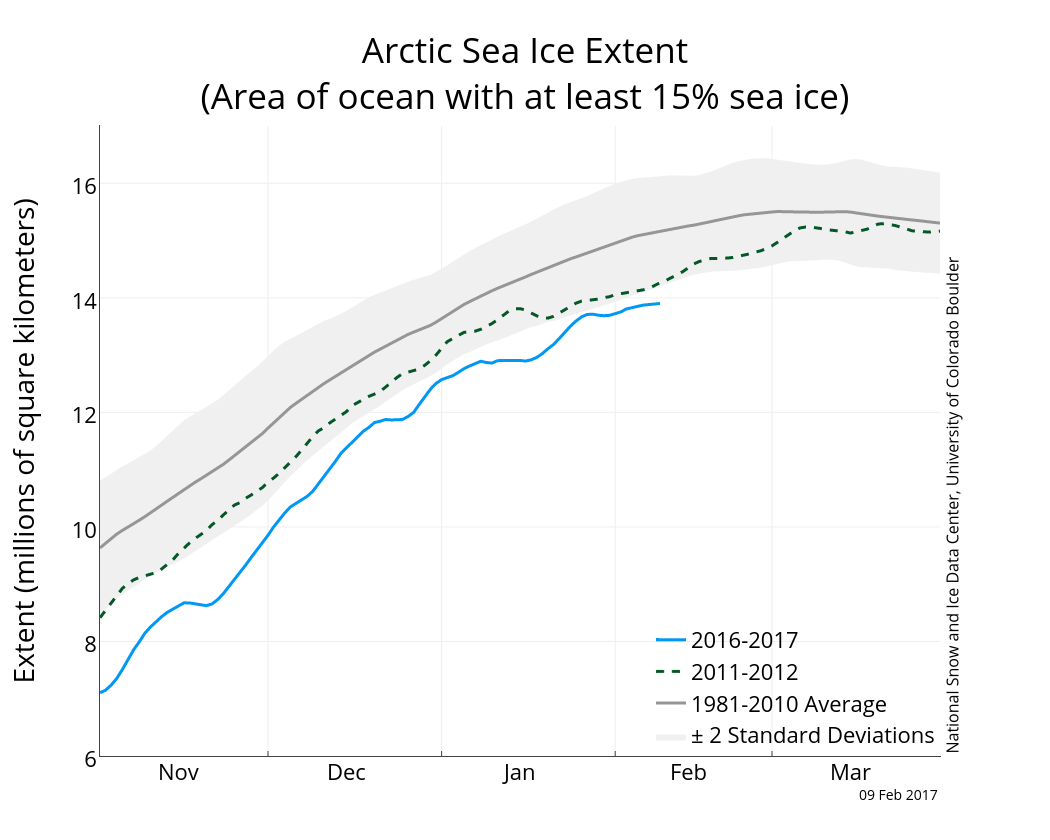
Factors contributing to the increasingly warm weather during the winter include the continuous climate change as well as the interactions between warm air and sea ice in the Arctic region. Further, the low-pressure storms carrying warm air to the north may be one of the reasons for the rise of temperatures.
Serreze believes that the shrinking of the ice cover drives the storms toward the north. As he explained it is a “chicken-egg thing.” There’s less ice because it’s getting warmer, and it’s getting warmer because there’s less ice.
On the other hand, Kent Moore, a physics expert from the University of Toronto, said that warming events may be just regular climate variations; Moore stated that these events have been recorded in the Arctic since the 1950’s, but they aren’t very frequent. They occur once per every 5 or 10 years. They tend to be short-lived, with Moore believing the latest warming event could end in just a couple of days.
But, Moore does believe the Arctic is more and more affected by climate change. He stated that “There’s more and more evidence that the Arctic, especially, is warming quite dramatically and that we should expect to see more of these events. I think it’s just more evidence that the climate is, in fact, changing.”
The post Arctic Ice Cover Sets Record Low For January As Temperatures Continue To Rise appeared first on MobiPicker.
(34)

